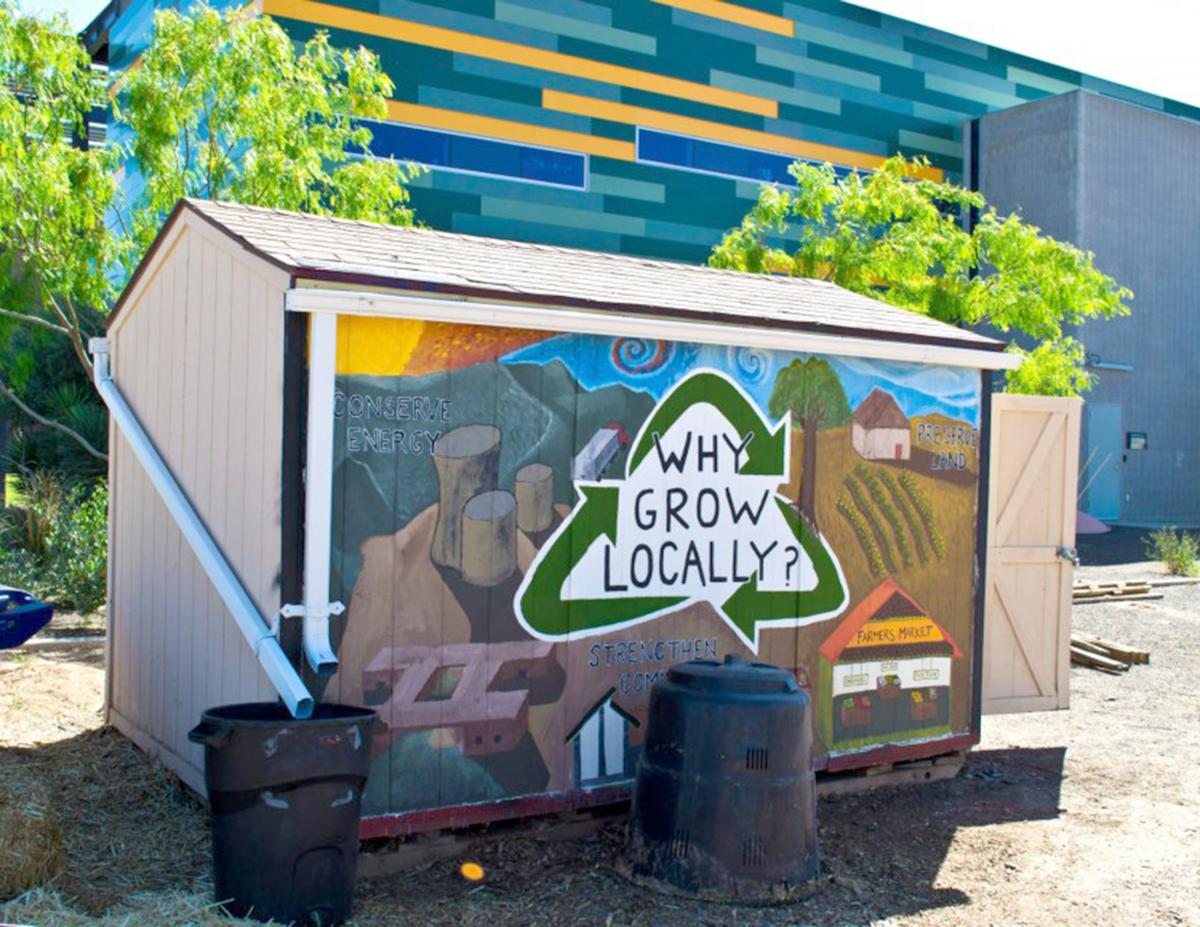by Devin Smith
(This post is part of a series by the Second Nature team about why we do what we do.)
Prior to joining the team at Second Nature six months ago, I was a youth worker for five years, teaching young people in and around Boston how to challenge issues of racism, sexism, violence, poverty, and the associated problems and lack of access that arise from it, in their homes and communities. I also helped them learn how to practice self-care and heal from previous traumas. Young people have an inherent understanding of fairness and equity, and recognize when they or those around them are being treated unfairly, even when they don’t have the language or tools to explain why it is happening. They are angry about the injustices in their lives, and are eager to find ways to make the world a better place.

My orientation towards youth work has always been firmly rooted in social justice, and a desire to carve out safe spaces for those that are most vulnerable in our society, and empower them to make meaningful changes in their lives. It was difficult, however, within the direct service framework, to explore and create broad societal changes that address the root causes of so many of the injustices young people face. At the time, I could not accept that the work I was doing had a ceiling for the amount of impact myself and other youth workers were able to have, because long-term, individual change and empowerment are only stop-gap measures. If we couldn’t address the institutional and societal problems as a whole, what was the point of doing this work at all?
I wanted a space to think about and discuss issues of inequality, how it related to the individual work I was doing with youth, and how to translate these ideas into meaningful change on a larger scale. About four years ago, I started a social justice book club with Boston area youth workers and other advocates of positive social change to critically examine questions that we felt needed answering: What does a safe and livable community look like, and what resources are needed to make it possible? What impact has the history of racism and racial segregation had on the city of Boston, and how has this shaped the neighborhoods in the city today? Why is it so difficult to access healthy foods, and what does an ethical diet look like? Why do women, and especially women of color experience wage discrimination, and what happens when they are encouraged to pursue education and careers in fields like STEM, where they can earn significantly more than in other fields? Is there such thing as “feminist architecture”? What do those structures and communities look like?
The more I contemplated and examined the roots of inequity in the communities I was serving—racism, violence, poverty and lack of access, discrimination against women, unsafe and unclean neighborhoods—the same solutions kept presenting themselves. It became clear that in order to address structural inequality, we need 1) sustainable, intentional community planning, 2) economic development that considered the needs of the surrounding community, and 3) infrastructure designed with the environment in mind. In a world of increasingly limited resources, sustainable, environmentally sound development is the only way forward.
I therefore have a deep appreciation for actions that increase access to clean air, safe drinking water, green spaces, safe and walkable streets, educational opportunities that increase the possibility of economic independence, and locally-supplied safe and healthy foods. I believe in a positive global future where all youth live in safe, clean and vibrant communities, where they have access to enriching educational and cultural experiences that help shape them into engaged and compassionate citizens. I believe that if this can be accomplished in Boston, it can be replicated in other places. I continue to organize discussions and actions for my social justice book club, but I have transitioned from youth work to sustainability work because the connections between them seem obvious, and the imperative to understand and create change that is positive, systemic and lasting, is critical.
photo credit: Chandler-Gilbert Community College, artist of the painting is Kendra Stranger
